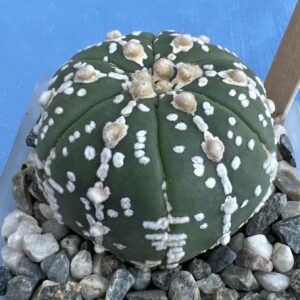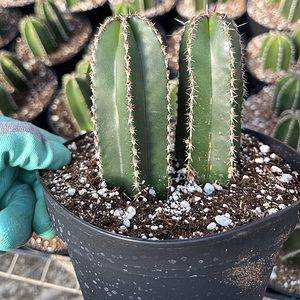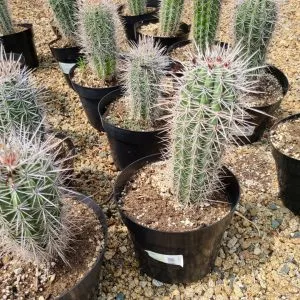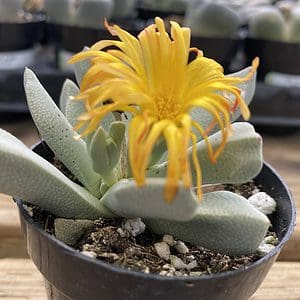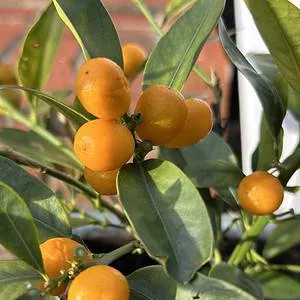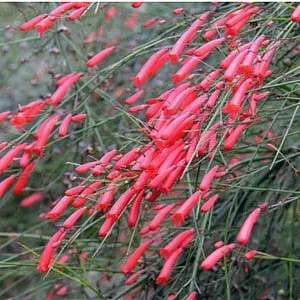No products in the cart.
Table of Contents
Imagine your home or garden filled with sweet autumn clematis. WOW, what a sight to behold, don’t you agree? The fantastic thing is you can by reading our Clematis terniflora care article here.
The perennial flowering vine will add beauty and fragrance to the home or garden with a sweet smell in summer or early fall.
So, are you ready to start caring for your sweet autumn clematis? Well, let’s get started.
Sweet Autumn Clematis Plants Facts
The fragrant flowers on the sweet autumn are small and white, looking beautiful when they cover a wood fence or a trellis on the patio.
The white flowers are numerous, and when they bloom, they look like fleece, and spent flowers develop into fuzzy seed heads that are just as attractive.
The plant grows up to 30 feet, but its mature size is 15 feet. The growth rate is fast growing, a couple of feet each year.
The white clematis has leathery dark green leaves that are shiny, and you can plant the seeds in fall to early winter to move outside when the temperatures are above freezing point.
But when planted, you must remember this is a vigorous grower that can choke your nearby plants. Another note is that it is self-seeding.
So, it spreads fast in many places and is an invasive species. So, it would be best to keep your pruning shears on hand to control them as they quickly cover fences.
The vining plant comes from Japan and is deciduous.
Sweet Autumn Clematis Plant Care

While you can use the sweet autumn clematis as ground cover, you find them draped over arbors or stone walls. Hence, you must provide them with a sturdy structure when grown as an indoor plant.
When it comes to cultivation with the plant, it helps to plant something like roses along the base to help hide the bottom of the vine and keep the roots cool.
Also, note that plants like the sweet autumn virginsbower can choke out nearby plants and are considered invasive in the eastern and southern states.
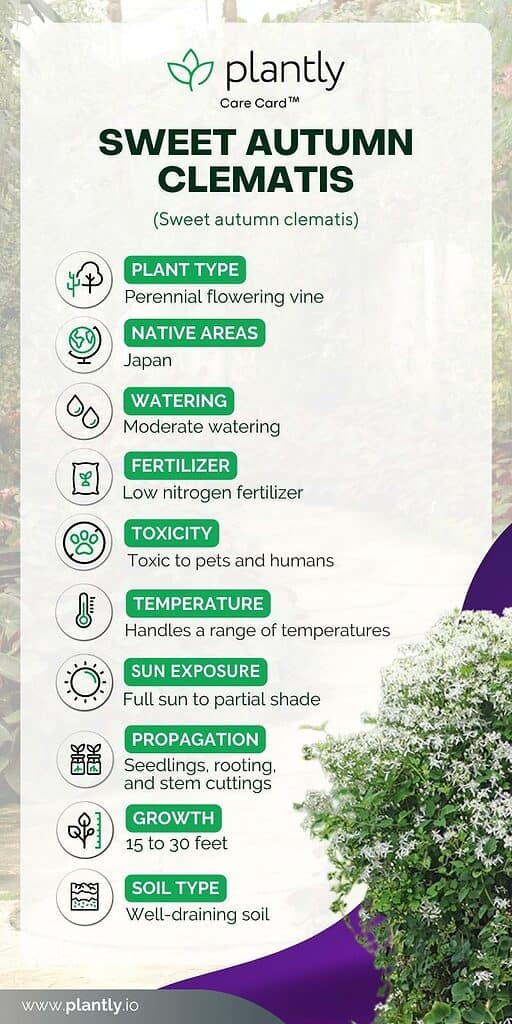
Soil
One thing your Clematis paniculata is not fussy about is its soil condition, and it can grow in average garden soil. Good drainage is essential for this outdoor plant, so well-drained soil is necessary.
It doesn’t like being waterlogged, which can lead to root rot. Ensure that excess moisture drains away effectively. Clematis plants generally prefer slightly acidic to neutral soil with a pH range of 6.0 to 7.0. Incorporating organic matter into the ground can improve its fertility and water-holding capacity.
Compost or well-rotted organic materials, such as aged manure or leaf mold, can be mixed into the planting hole or the surroundings to enrich it. Clematis roots appreciate loose, well-aerated soil. You can achieve this by amending the soil with organic matter and avoiding compacted or heavy clay soil.
When planting sweet autumn clematis, it’s crucial to set the crown of the plant (the point where the stems meet the roots) about 2 inches below the soil surface. This helps protect the plant from extreme temperature fluctuations and promotes good root development.
Also, provide your plants with a trellis for the vines to move along.
Ideal Lighting for Your Vigorous Vine

When you grow your autumn clematis sweet outside, you will find that it attracts butterflies. Still, it helps to find a suitable place for them to thrive.
So, give your plant full sun and partial shade to grow its best. When planted and receives up to six hours of direct sunlight daily, it gifts you beautiful blooms. In regions with hot summers, providing some afternoon shade can be beneficial to prevent the plant from wilting in the heat.
Morning sunlight is essential for this clematis. It helps dry the dew from the leaves, reducing the risk of fungal diseases. While sweet autumn clematis enjoys the sun, it can be sensitive to intense, direct afternoon sunlight, especially in scorching summers.
If you live in a region with hot afternoon sun, consider planting it where it receives part shade in the afternoon. Sweet autumn clematis can tolerate dappled sunlight but may not bloom as profusely as in full sun.
If you have limited options for sun exposure, it’s still possible to grow this vine, but be aware that flowering may be reduced.
Watering
Your vine plant has average needs when you water them. When you grow them in the garden, they thrive on the rainfall or get one inch of water per week from irrigation.
Still, we recommend keeping an eye on the soil to water when the top inch is dry when you grow it indoors. Hold back on the water during winter, as your plant does not love wet soil.
You may find in extreme heat that you will be watering a bit more.
Temperature & Humidity
The Clematis terniflora is a vigorous grower in any climate across the USDA hardiness zone from five to nine. This clematis thrives in warm summers. It appreciates temperatures in the range of 65°F to 80°F (18°C to 27°C).
In these conditions, it can thrive and produce abundant flowers. While sweet autumn clematis prefers warmth, it can tolerate cooler temperatures. It will go dormant when temperatures drop below freezing.
In colder regions, protecting the roots during the cold months is essential to prevent damage when grown in the garden. Early spring frosts can damage new growth and flower buds. Consider planting this clematis in a somewhat sheltered location from late frosts.
Or place some flat stones around the base of the plant. Sweet autumn clematis appreciates high humidity levels. Consider increasing humidity around the plant if you’re growing sweet autumn clematis indoors or in a dry climate.
You can achieve this by misting the leaves regularly or placing a tray of water and pebbles near the plant to create a small, localized humidity zone. When grown outdoors, sweet autumn clematis may have access to natural humidity levels in the garden or landscape.
However, during periods of dry weather, especially in arid regions, it’s a good practice to water the plant consistently to maintain moisture and provide some humidity. But ensure it is well drained to prevent the root system from rotting.
Fertilizer

Your autumn clematis is a heavy feeder when it comes to fertilizing. The best feed is low-nitrogen, like a 5-10-10 given in spring. Then, you can repeat the feed every couple of weeks during the growing season.
Propagation Of Sweet Autumn Clematis
If you want to share plants with friends propagating the sweet autumn clematis is done through seedlings.
You find the seedlings sprouting from mature plants to transplant as you wish. You can also use the stem-cutting method to be rooted.
You cut a six-inch stem and plant it in regular soil by keeping it moist. The root development can take up to eight weeks.
In stock In stock
$25.30
Sold By:
Carlo's Plant Farm
Croton Mammy | Carlo`s Plant Farm
Rated 5.00 out of 5 based on 22 customer ratings00
Sold By:
Carlo's Plant Farm
$4.00 – $8.00
Sold By:
Bay Urban Habitat
Ruby Port Colombine flower seeds
Only 1 available and it’s in 1 people’s basket
Sold By:
Bay Urban Habitat
Pruning The Sweet Autumn Clematis
You can give your plant a hard pruning after flowering its fragrant flowers in late fall. This helps remove the seed heads and prevents other plants from growing.
So, you can cut them down to a foot from the base in the pot or ground. But if you want the vines to cover a vast area, then prune less.
Clematis Varieties
Clematis virginiana/Clematis paniculata
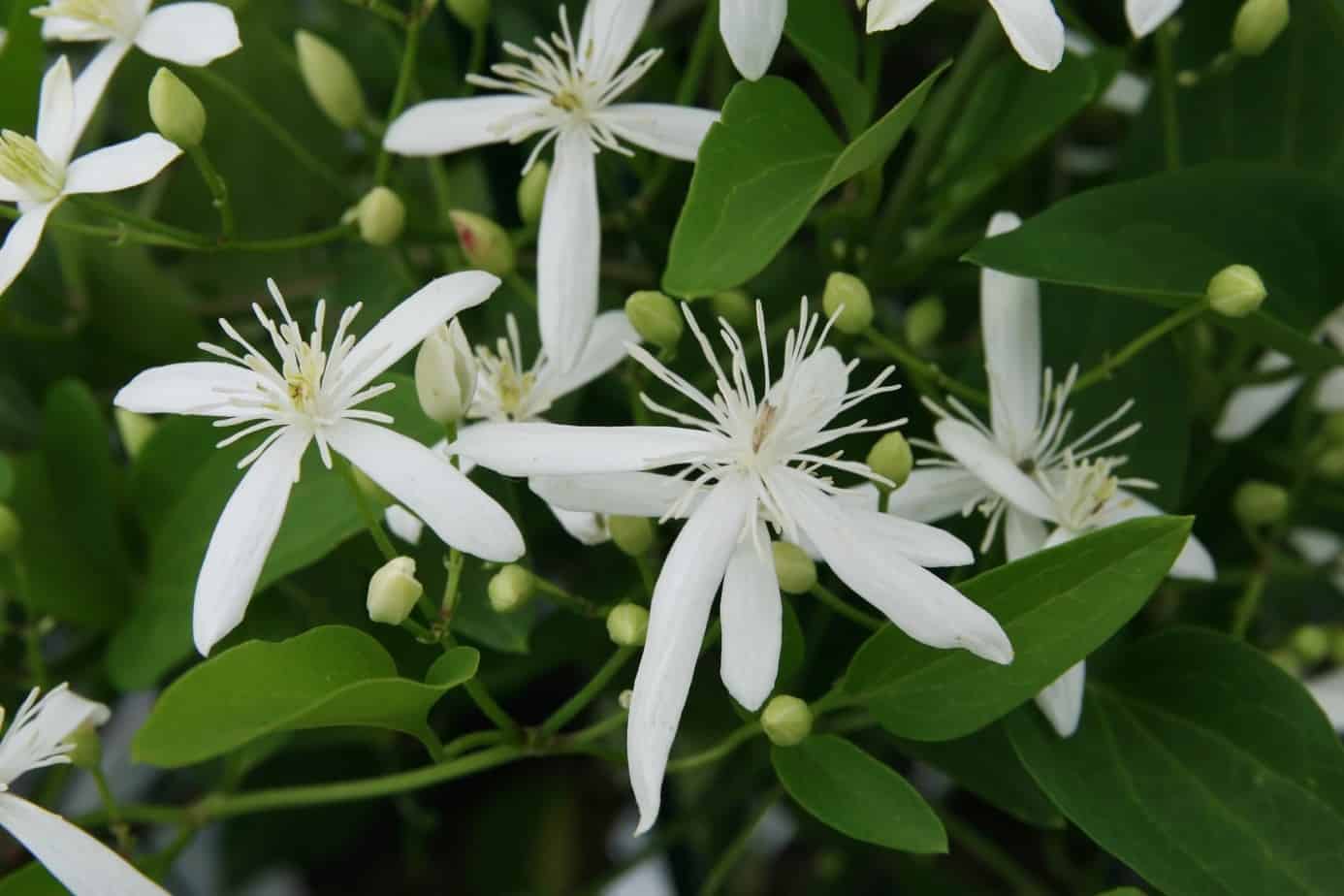
The virgin’s bower should not be confused with the sweet autumn virgins’ bower with similar resemblances. The plant used to be known as the Clematis indivisa and Clematis maximonowicziana.
You find the C. virginiana in full bloom from August to September with white blossoms. Unfortunately, you can also easily confuse it with the Clematis terniflora.
But there is a difference in the leaves as the sweet autumn clematis is invasive and has no teeth on the leaves as the virgin’s bower.
Clematis’ Stand By Me’
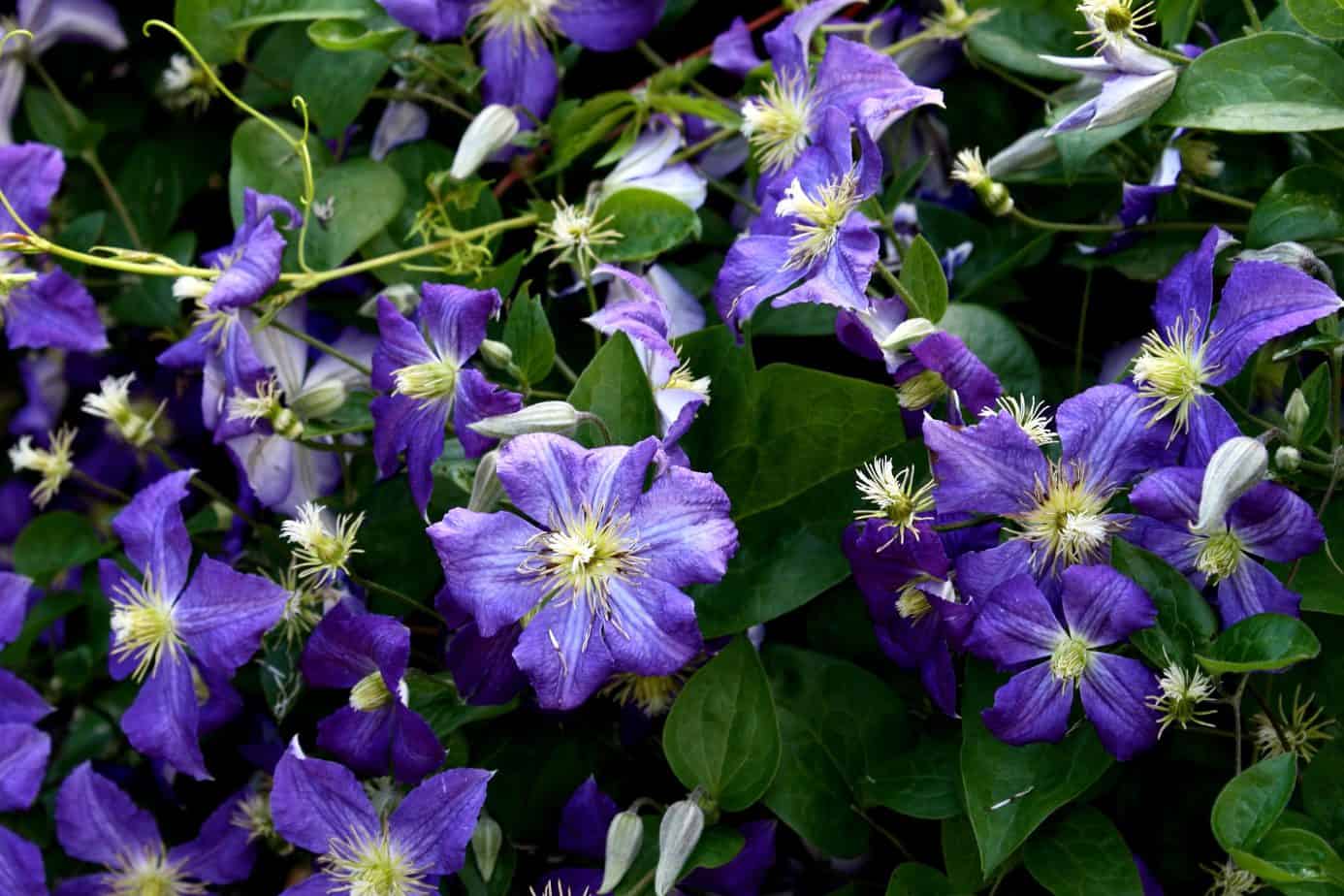
The shrub-like plant needs no trellis as the stems grow upright, blooming blue flowers that hang like bells.
Clematis ‘Recta’

The plant grows as a perennial and dies back in harsh freezing temperatures. It also has fragrant white blossoms and can grow tall.
In stock In stock In stock In stock
$29.99
Sold By:
BubbleBlooms
Red Emerald Ripple Peperomia, 6 inch, Frost platinum, carperata albovittata, Wrinkle Krinkle Leaf
Only 99 available and it’s in 1 people’s basket Rated 4.81 out of 5 based on 279 customer ratings00
Sold By:
BubbleBlooms
$26.99
Sold By:
Cacti and Exotica
6″ Pachycereus–Mexican Fence Post
Rated 4.98 out of 5 based on 59 customer ratings00
Sold By:
Cacti and Exotica
$53.99
Sold By:
Succulent Oasis
$64.99False Saguaro Cardon or Pachycereus Pringlei Cactus. The largest species of cactus that exists.
Only 27 available and it’s in 1 people’s basket Rated 4.84 out of 5 based on 352 customer ratings00
Sold By:
Succulent Oasis
$15.99
Sold By:
BubbleBlooms
Alocasia Black Velvet, Jewel Alocasia in a 4 inch pot, very filled healthy
Rated 4.81 out of 5 based on 279 customer ratings01
Sold By:
BubbleBlooms
Sweet Autumn Clematis Plant Diseases & Pests
As with other plants, your Clematis terniflora is very prone to clematis wilt, a fatal fungal disease. The foliage appears dry and black. You can simply cut out the affected parts, and it should bounce back with the next growing season.
Other concerns are rust, leaf spots, or powdery mildew, but it is not fatal. Pests that can bother your plants are snails, scales, spider mites, and aphids. The foliage discolors and fails to thrive. You can use a fungicide to treat infestations.
Frequently Asked Questions
You can prune down your plant if you do not want it to become a vigorous vine. But if you want your plant to vine over a vast area, you need not prune it too much.
A helpful pruning suggestion is to tweak the growth during the first year. Then, by cutting back, your plant helps with the cultivation of preserving energy to spread out new branches.
Yes, you can add coffee grounds to the soil to make it more acidic for healthy growth.
Clematis flowers come in various colors, including purple, pink, red, white, and blue. Some varieties even have multi-colored flowers.
Deadheading a Clematis plant can help promote further blooming throughout the growing season. To deadhead, remove the spent blooms by cutting the stem just above the next set of healthy leaves. This will encourage the plant to produce stronger buds and prevent the formation of seed heads, which can divert energy away from flower production.
Generally, clematis is considered a moderate to fast-growing vine. Different Clematis species and varieties may have varying growth rates. Some types grow more vigorously and can quickly cover a trellis or support structure, while others may have a more moderate growth rate.
The Clematis paniculata typically starts flowering in late summer and continues into early fall, often lasting through September and sometimes even into October, depending on local climate conditions.
Whether you want to buy, sell or simply reach out to other plant enthusiasts, Plantly is the right place to be!
In stock In stock In stock
$15.99
Sold By:
Succulent Oasis
Succulent Plant Small Schwantesia Borcherdsii.
Only 10 available and it’s in 1 people’s basket Rated 4.84 out of 5 based on 352 customer ratings00
Sold By:
Succulent Oasis
Free Shipping
$11.99
Sold By:
Helios Plants
Procimequat – 5 seeds (Limequat x Hong Kong kumquat hybrid)
Only 7 available and it’s in 1 people’s basket Rated 4.73 out of 5 based on 120 customer ratings00
Sold By:
Helios Plants
$23.97 – $49.97
Sold By:
Carlo's Plant Farm
Firecracker Tropical Plant
Rated 5.00 out of 5 based on 22 customer ratings00
Sold By:
Carlo's Plant Farm

